The Diverse World of Gears: Unveiling Their Significance and Applications
Gears are integral components in countless mechanical systems, facilitating the transfer of motion and power with precision. From simple machines to complex industrial equipment, gears play a crucial role in ensuring smooth operation and efficient performance. The terms Gear, Bevel gear, Combined gear, Reversing gear, and Heavy duty gear represent different types and applications of these essential mechanical elements, each with its own unique characteristics and functions.
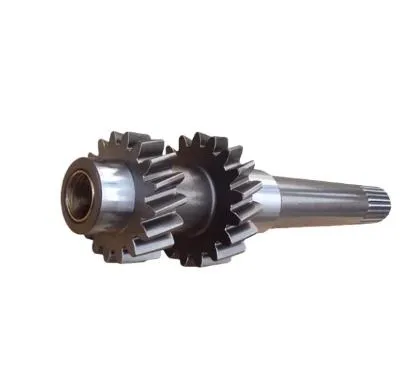
The Fundamentals of Gears
At the core of mechanical power transmission lies the Gear, a toothed wheel that meshes with another toothed component to transmit rotational force. Gears come in various shapes, sizes, and materials, each designed to meet specific operational requirements. In automotive engines, gears are used to change the speed and torque of the engine output, allowing for smooth acceleration and deceleration. In industrial machinery, they enable the precise control of motion, ensuring that different parts of the equipment work in harmony. The teeth on gears are carefully designed to ensure proper meshing, minimizing friction and wear while maximizing power transfer efficiency.
The Precision of Bevel Gears
Bevel gears are a specialized type of gear that feature conical shapes and are used to transmit motion between intersecting shafts, typically at a 90 - degree angle. This unique design makes them ideal for applications where a change in the direction of rotational force is required. In automotive differentials, bevel gears distribute power from the engine to the wheels, allowing them to rotate at different speeds during turns. In machinery such as drills and milling machines, bevel gears are used to change the orientation of the cutting tool, enabling precise machining operations. The tooth profile of bevel gears can vary, with options like straight, spiral, and zerol bevel teeth, each offering different advantages in terms of noise reduction, load - carrying capacity, and smoothness of operation.
The Versatility of Combined Gears
Combined gear bring together the functionality of multiple gear types or configurations to achieve specific mechanical objectives. These gears can be a combination of different gear shapes, such as spur gears and helical gears, or they can incorporate additional features like clutches or brakes. In some industrial gearboxes, combined gears are used to provide multiple speed ratios in a compact design, allowing for flexibility in power transmission. They can also be used in robotic systems, where the combination of gears helps to achieve complex motion patterns and precise positioning. By integrating different gear technologies, combined gears offer enhanced performance, efficiency, and adaptability in a wide range of mechanical applications.
The Functionality of Reversing Gears
Reversing gears are essential for systems that require the ability to change the direction of rotation. In automotive transmissions, reversing gears enable vehicles to move backward by altering the flow of power from the engine to the wheels. This is achieved through a series of gear arrangements that engage different sets of gears to reverse the rotational direction. In marine applications, reversing gears are used to control the direction of propellers, allowing ships to maneuver in reverse. In industrial machinery, reversing gears can be used to change the direction of conveyor belts or other moving parts, providing flexibility in production processes. The design and operation of reversing gears must ensure smooth and reliable engagement to prevent damage to the mechanical system.
The Robustness of Heavy Duty Gears
Heavy duty gears are built to withstand extreme loads, high torque, and harsh operating conditions. These gears are commonly used in industries such as mining, construction, and heavy manufacturing, where they are subjected to continuous stress and heavy loads. Made from high - strength materials like alloy steels and heat - treated for enhanced durability, heavy duty gears are designed with large tooth profiles and thick tooth flanks to handle substantial forces. In mining equipment such as crushers and conveyor systems, heavy duty gears ensure the reliable transfer of power, enabling the continuous operation of large - scale machinery. In construction equipment like excavators and bulldozers, these gears provide the necessary strength and torque for heavy - duty tasks, contributing to the efficiency and productivity of the construction site.
FAQs about Gears
How to Select the Right Gear for a Specific Application?
Selecting the appropriate gear for a particular application involves considering several factors. First, determine the required speed ratio, which is the ratio of the input speed to the output speed. Next, assess the torque requirements, as different gears have varying load - carrying capacities. The type of motion transfer, whether it's between parallel, intersecting, or non - parallel shafts, will also dictate the choice of gear. Additionally, factors such as noise tolerance, efficiency requirements, and the operating environment (e.g., temperature, humidity, and presence of contaminants) should be taken into account. Consulting gear manufacturers' catalogs and technical specifications, as well as seeking advice from mechanical engineers, can help in making an informed decision.
What Maintenance Is Required for Gears?
Regular maintenance is crucial to ensure the longevity and optimal performance of gears. This includes lubrication, as proper lubrication reduces friction, wear, and heat generation. Different types of gears may require specific lubricants, so it's important to use the recommended lubricant for the gear material and operating conditions. Periodic inspection of gears for signs of wear, such as tooth chipping, pitting, or excessive clearance, is also necessary. If any damage is detected, the gears may need to be repaired or replaced. Additionally, maintaining proper alignment of gears and ensuring that the gearbox or mechanical system is free from debris and contaminants will help prevent premature failure.
How Do Bevel Gears Differ from Other Gear Types in Terms of Installation?
Bevel gears often require more precise installation compared to some other gear types due to their intersecting shaft arrangement. Accurate alignment of the shafts is essential to ensure proper meshing of the bevel gear teeth. This may involve using specialized tools and techniques to measure and adjust the angle and position of the shafts. The backlash, or the amount of play between the meshing teeth, also needs to be carefully set within the manufacturer's specified range. Improper installation of bevel gears can lead to uneven wear, increased noise, and reduced efficiency, so attention to detail during the installation process is critical.
Can Combined Gears Improve the Efficiency of a Mechanical System?
Yes, combined gears can enhance the efficiency of a mechanical system. By integrating different gear technologies, combined gears can optimize power transmission, reduce energy losses, and improve overall performance. For example, combining high - efficiency helical gears with spur gears can reduce noise and vibration while maintaining a high power - transfer ratio. The ability to provide multiple speed ratios in a single unit also allows for better matching of the power output to the load requirements, resulting in improved efficiency. However, the design and implementation of combined gears need to be carefully engineered to ensure that all components work together harmoniously and that the benefits of increased efficiency are realized.
What Are the Key Considerations for Designing Heavy Duty Gears?
When designing heavy duty gears, several key considerations come into play. Material selection is of utmost importance, as the gear must be able to withstand high loads and harsh operating conditions. Alloy steels with high strength and wear - resistance properties are commonly used. The tooth profile and geometry need to be optimized to distribute loads evenly and minimize stress concentrations. Heat treatment processes, such as quenching and tempering, are often applied to enhance the mechanical properties of the gear material. Additionally, the design should account for factors like lubrication channels, ease of maintenance, and compatibility with other components in the mechanical system. Ensuring proper load - sharing between multiple gears in a heavy duty application is also crucial for long - term reliability and performance.
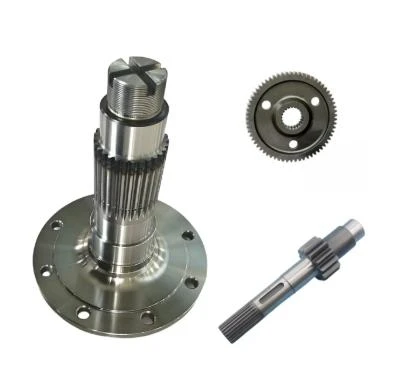
In the complex machinery that is a vehicle, the components related to power transmission play a crucial role in ensuring smooth and efficient movement.
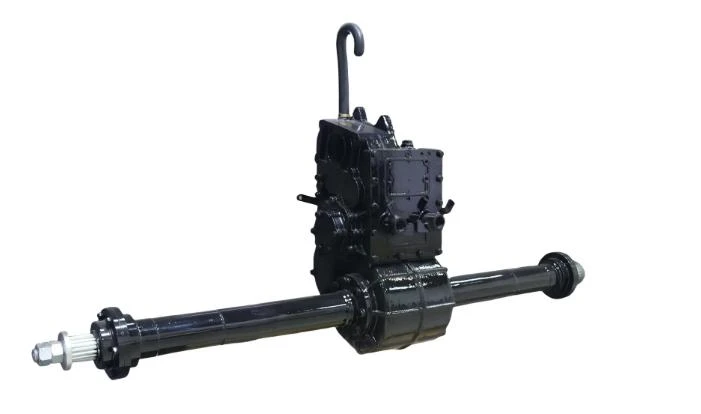
The rear axle and its associated components play a critical role in a vehicle's drivetrain, ensuring efficient power transfer and stable performance.
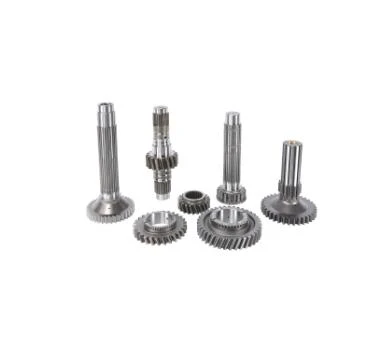
In the intricate world of mechanical engineering, various components work in harmony to ensure the smooth operation of machinery.
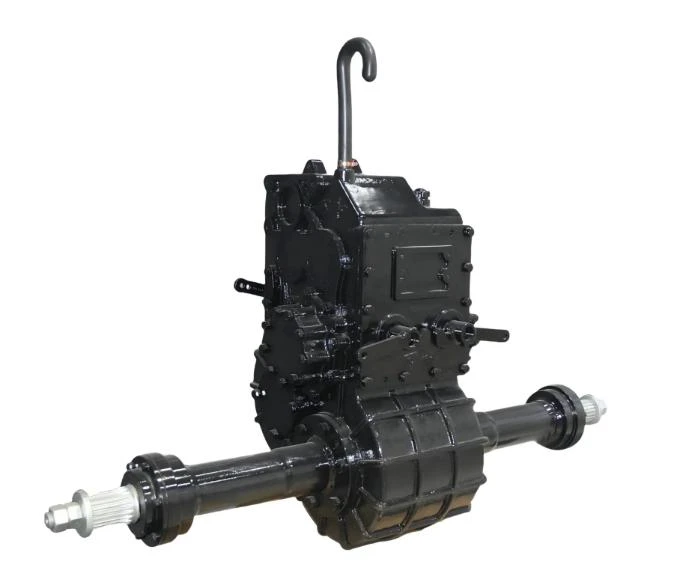
In the realm of automotive engineering, rear drive axles play a crucial role in the performance and functionality of vehicles.
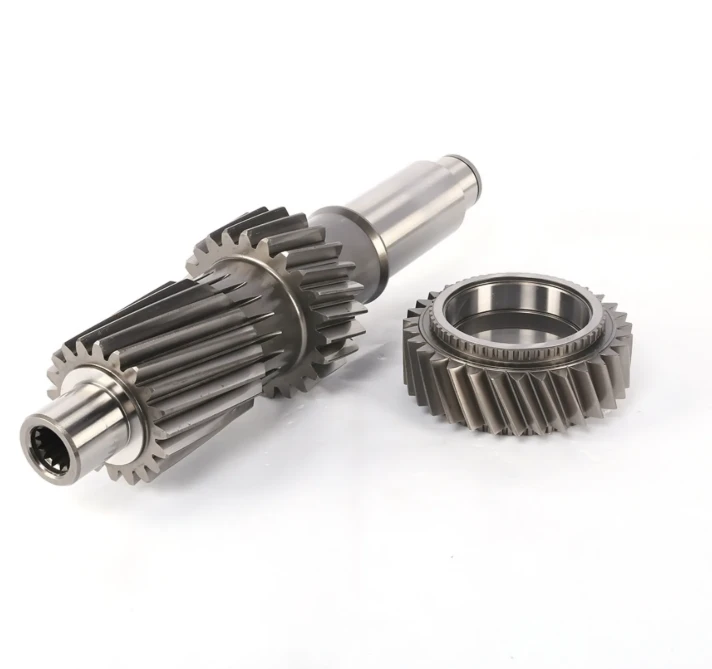
Variable speed principle: Change the transmission ratio by meshing gears with different numbers of teeth.
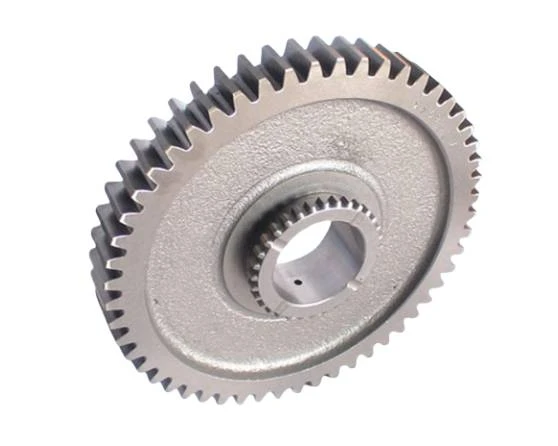
A gear aisle is a specialized section within a warehouse, manufacturing facility, or inventory management system.
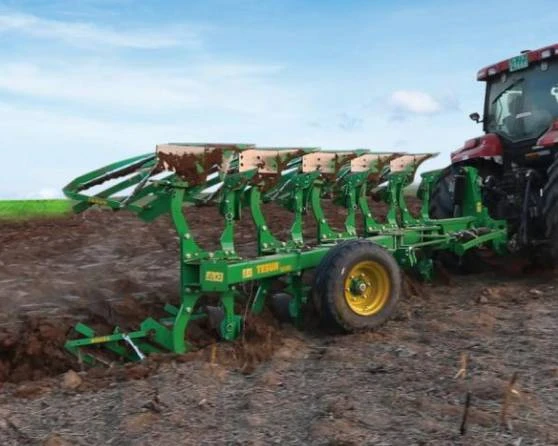
A rotary tiller is an essential tool for farmers and gardeners looking to prepare their soil quickly and efficiently.

From automobiles to industrial equipment, gear axles play a vital role in converting and transferring power from the engine or motor to the wheels, tracks, or other moving parts.
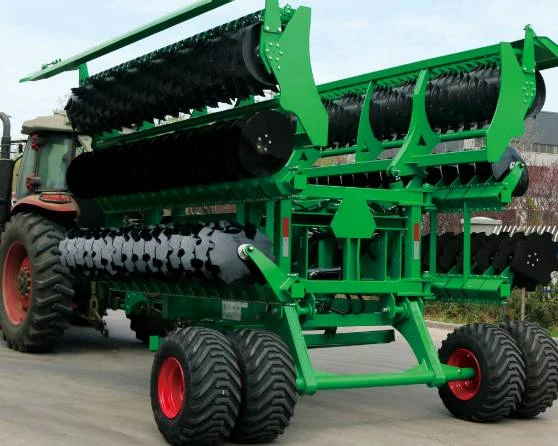
This innovative piece of machinery has revolutionized the way farmers approach sowing, offering a much more precise and effective method compared to traditional hand planting or broadcasting.
International layout
Spread all over the world
our products are exported to various parts of the world. Currently, our products have been exported to more than 40 countries Our products cover Asia, Europe, Africa, South America, North America, and Oceania
Sign up
for Newsletter
Subscribe to the weekly newsletter for all the latest updates







